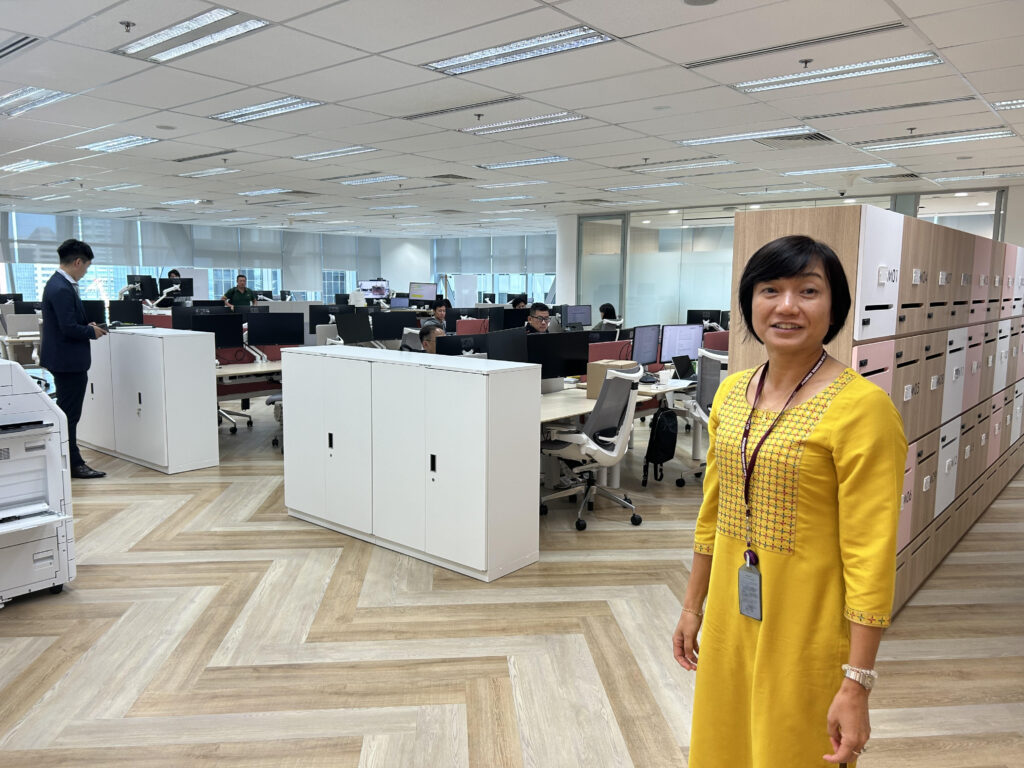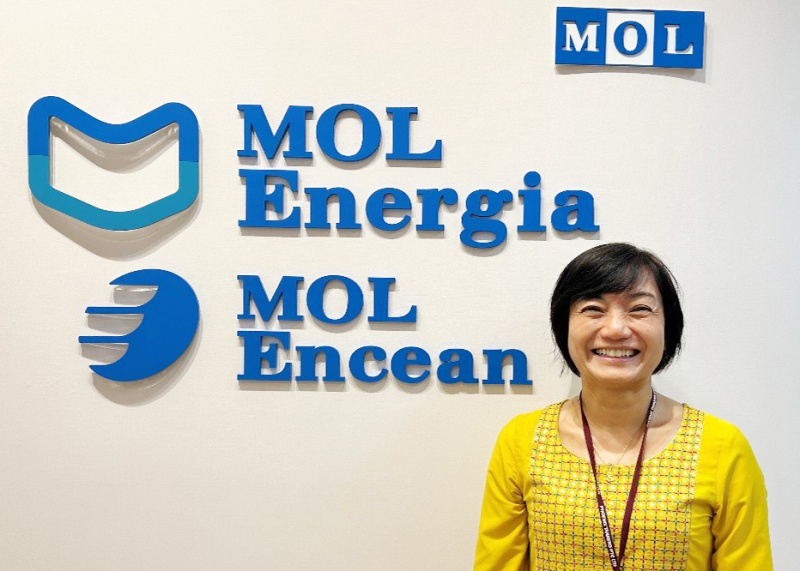〆Managing Director Miki Ogura states: “We are gathering information in Singapore, the Asian hub port, to connect it to the business strategy of the Mitsui O.S.K. Lines group.”
In September 2023, Mitsui O.S.K. Lines rebranded its Singapore subsidiary Phoenix Tankers as “MOL ENERGIA.” Originally, Phoenix Tankers was established to solely own crude oil tankers. Today, the company also owns and operates LPG (liquefied petroleum gas) carriers and product tankers. Furthermore, for the first time, the MOL ENERGIA group plans to own and operate newly built LNG (liquefied natural gas) carriers.
I spoke with Miki Ogura, Managing Director, about the company’s business strategy.
(Interviewer: Hirofumi Yamamoto)
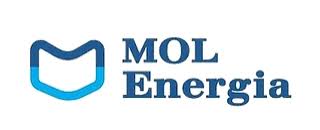
■ The Strategic Advantages of MOL ENERGIA in Singapore
Interviewer: What do you see as the benefits of having MOL ENERGIA based in Singapore?
Miki Ogura:”Singapore is the hub of energy business in Asia, home to many oil majors and brokers. Through the ownership and operation of our VLCCs (Very Large Crude Carriers), VLGCs (Very Large Gas Carriers), and product tankers, we gather valuable information on industry trends and future strategies directly from shippers and brokers. We aim to leverage this information to foster our growth and enhance Mitsui O.S.K. Lines’ business strategy.”
Interviewer: MOL ENERGIA is an energy transportation company that acts as both shipowner and operator. How does it differ from Mitsui O.S.K. Lines’ energy division?
Miki Ogura: “We aim to promote greater diversity by employing national staff and other international employees in Singapore. This allows us to conduct our sales and operations differently from Mitsui O.S.K. Lines’ traditional business model. While Mitsui O.S.K. Lines conducts only time charters for some types of ships, we engage in spot operations as well.”
“In ‘Asahi MOL Tankers,’ we manage a pool of MR (Medium Range) product tankers, and in the ‘Helios LPG Pool,’ we operate a pool of VLGCs. Among Japanese shipping companies, only our partner, ASAHI TANKER Co., Ltd., and the MOL group are involved in pool operations. We gain substantial information from these pool operations. I believe MOL ENERGIA’s strength lies in our ability to offer services that cater to our customers’ needs through both time charters and spot operations (pooling).”
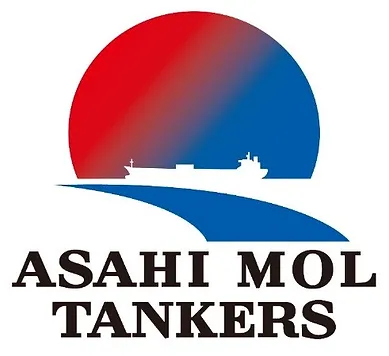
■MOL ENERGIA’s Current Workforce and Fleet Ownership
Interviewer: Can you tell us about MOL ENERGIA’s current number of employees and the number of ships you own as a shipowner?
Miki Ogura: “Currently, we have 33 employees. We plan to increase this number as our business expands. We fully own three VLCCs, two Aframax tankers, three product tankers (two MR-type and one LR1-type), and one VLGC.”
Interviewer: MOL ENERGIA operates as both a shipowner and an operator. How many vessels are you operating as an operator?
Miki Ogura: “As an operator, we manage three VLCCs, two Aframax tankers, five MR-type product tankers, three LR1-type product tankers, and five VLGCs. In the ‘Asahi MOL Tankers’ pool, we currently operate a total of 15 ships. The ‘Helios LPG Pool’ operates 30 ships. Additionally, we have started owning LNG vessels through our subsidiary, with the first ship expected to be completed later this year.”
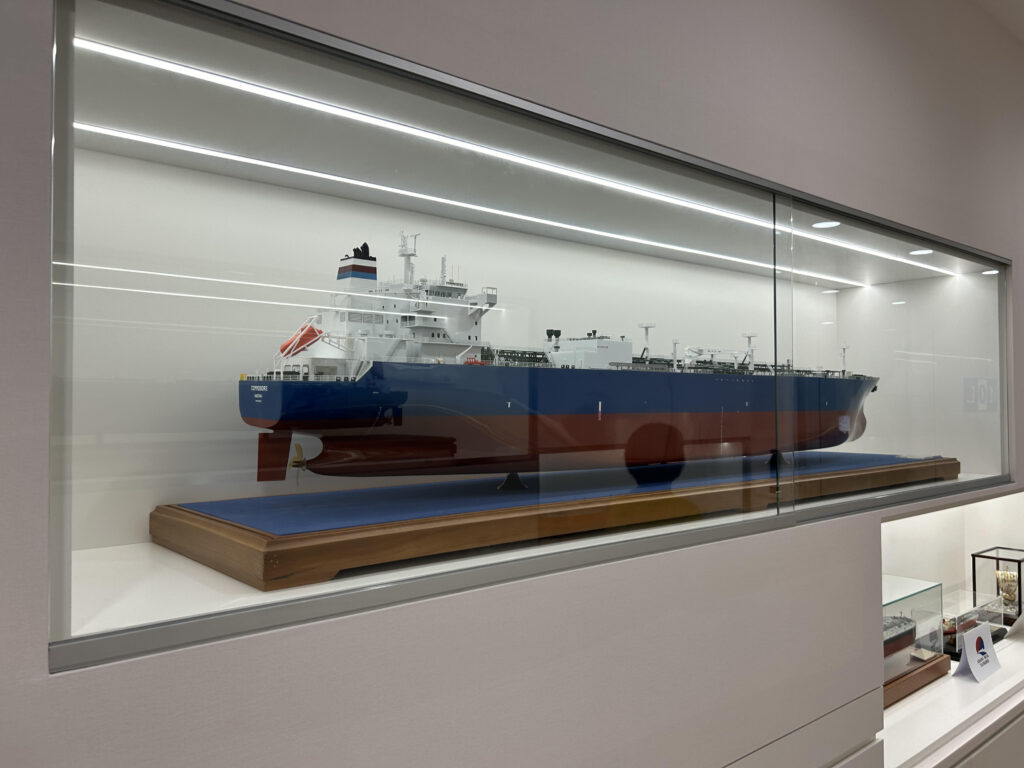
“The LNG market has evolved from the decade-long contracts of the past to include more medium and short-term contracts based on customer needs. In Singapore, where our customers are concentrated, we aim to understand and flexibly respond to these diverse demands. Over the next few years, we plan to expand our LNG fleet to around eight ships and build an organization to support this growth.”
■ Unique Career Path of Managing Director Miki Ogura
Interviewer: Managing Director Ogura, you joined MOL ENERGIA three years ago. Your career path is quite unique for someone in a Japanese shipping company.
Miki Ogura: “I originally joined Mitsui O.S.K. Lines in 1992. After joining, I gained experience in chartering and other areas. However, due to my spouse’s assignment in Singapore, I was transferred there as well. Balancing work and childcare, I switched to a subsidiary of a Japanese trading company in 2007. Subsequently, I worked in chartering and brokering roles for companies with shipping divisions in Canada, Russia, and Turkey.”
“I believe that chartering is ‘a task that anyone can do, but requires aptitude.’ In a way, chartering is quintessential to the shipping industry. The reasons I returned to work for the MOL Group include my long tenure in foreign companies, my continued work in chartering, and my acquisition of permanent residency in Singapore.”
-■Future Vision for MOL ENERGIA
Interviewer: What kind of company do you envision MOL ENERGIA becoming in the future?
Miki Ogura: “I want our company to gather information in Singapore, the energy hub of Asia, and contribute to the region. Singapore’s geographical location makes it an ideal environment for trial voyages. We can leverage the geographic advantages between Singapore and neighboring countries like Malaysia to advance onboard CCUS (CO2 capture, utilization, and storage) services and new fuel vessels.”
“We are also considering collaborating with local energy companies in Southeast Asia for seafarer training and ship management. Utilizing our perspective as residents in Singapore, we see it as MOL ENERGIA’s mission to explore how we can contribute to the region as a shipping company.”
■Profile
Miki Ogura: She graduated from Sophia University’s Faculty of Foreign Studies (Russian) in 1992. In the same year, she joined Mitsui O.S.K. Lines. After joining, she worked in the tramp team, product tanker team, and insurance team before leaving Mitsui O.S.K. Lines in 2007. She has been in her current position since 2021.
